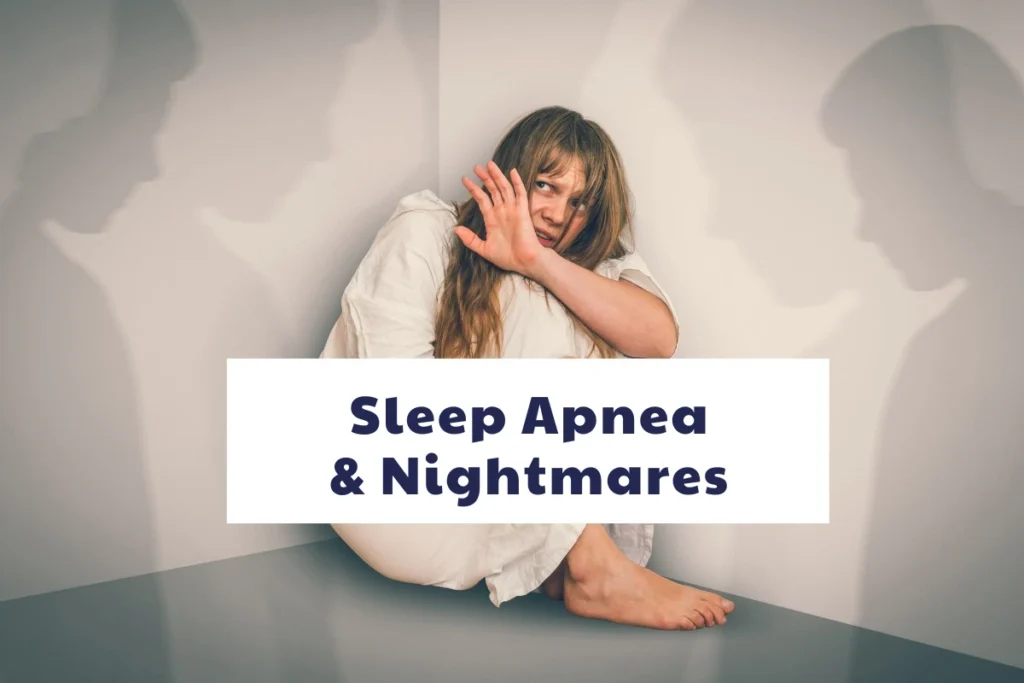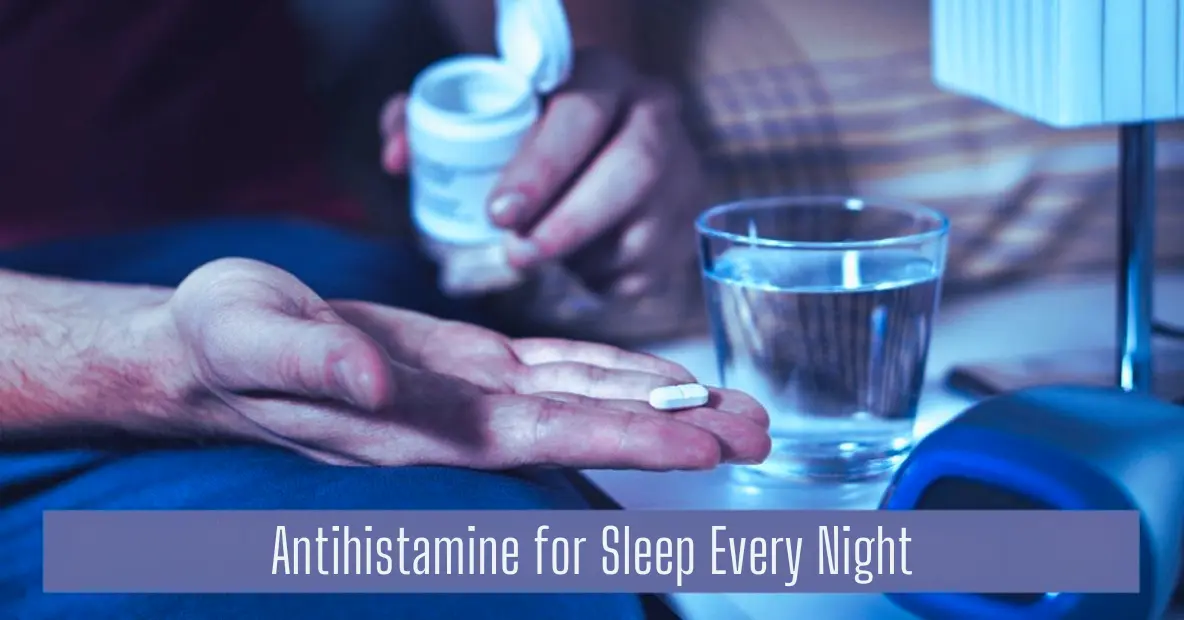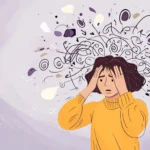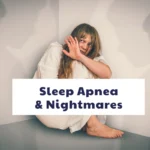
Sleep is vital for our physical and mental well-being. Yet, many struggle with disorders that disrupt restful slumber, leading to chronic fatigue and poor health. One such condition is sleep apnea, which has a surprising connection to nightmares. The relationship between sleep apnea and nightmares highlights how interrupted sleep cycles and reduced oxygen levels can intensify vivid and unsettling dreams. If you often wake up from such dreams or feel drained despite a full night’s sleep, sleep apnea could be the reason. Let’s delve into the causes, effects, and solutions to help you achieve restful, restorative sleep.
Understanding Sleep Apnea
Sleep apnea involves repeated interruptions in breathing during sleep, which lowers oxygen levels and disrupts normal sleep cycles. These interruptions can occur dozens of times per hour, leaving you groggy and unfocused during the day.
Types of Sleep Apnea
- Obstructive Sleep Apnea (OSA): Caused by a physical blockage, such as relaxed throat muscles.
- Central Sleep Apnea (CSA): Results from the brain not signaling muscles to breathe.
- Mixed Sleep Apnea: A combination of OSA and CSA, requiring specialized treatment.
To diagnose sleep apnea, consider undergoing a sleep study. Home sleep test kits, provide a convenient way to monitor your sleep patterns.
What Causes Sleep Apnea?
Understanding the triggers behind sleep apnea is essential to finding effective solutions.
1. Physical Causes
- Obesity: Excess weight increases fat deposits in the throat, narrowing airways.
- Nasal Blockages: Conditions like a deviated septum or sinus issues can worsen symptoms.
- Enlarged Tonsils or Jaw Misalignment: Common physical traits that obstruct breathing.
Consider using an adjustable pillow to improve airway alignment while sleeping.
2. Lifestyle Triggers
- Smoking: Inflames and narrows the airway, worsening symptoms.
- Alcohol Consumption: Relaxes throat muscles, making airway collapse more likely.
- Back Sleeping: Encourages tongue and soft tissue to block the airway.
A body pillow can help you stay in a side-sleeping position throughout the night.
Sleep Apnea and Nightmares: The Connection
How Does Sleep Apnea Lead to Nightmares?
Sleep apnea frequently disrupts REM sleep, the stage where dreams occur. Interrupted REM cycles and lower oxygen levels can intensify dream vividness and content, leading to unsettling or frightening experiences.
The Psychological Toll
Beyond nightmares, untreated sleep apnea can result in:
- Anxiety and Depression: Chronic fatigue from poor sleep worsens mood disorders.
- Cognitive Impairment: Difficulty concentrating and memory problems.
- Heightened Stress Response: Fragmented sleep triggers your body’s fight-or-flight mode, influencing dream content.
For a calmer night, consider a white noise machine to create a soothing sleep environment.
How to Treat Sleep Apnea
1. Lifestyle Changes
Making small adjustments can have a significant impact:
- Lose Weight: Shedding even a small amount can reduce symptoms dramatically.
- Avoid Alcohol and Smoking: These relax throat muscles, worsening airway blockage.
- Change Sleep Position: A simple shift to sleeping on your side can improve airflow.
Check out this side-sleeper pillow for added comfort and support.
2. CPAP Machines and Alternatives
CPAP machines are highly effective, delivering steady airflow to keep airways open.
- Portable CPAP Machines: Ideal for travelers and light sleepers.
- Oral Appliances: Custom-fitted devices that reposition your jaw to keep airways clear.
3. Surgical Options
For severe cases, surgical treatments like Uvulopalatopharyngoplasty (UPPP) or jaw advancement surgery can remove obstructions. Consult a specialist to evaluate these options.
4. Breathing and Positional Therapy
Incorporating breathing exercises can help strengthen respiratory muscles and improve airflow. Positional therapy, which encourages side-sleeping, is another effective method. Specialized pillows or wearable trainers can assist in maintaining optimal sleeping positions.
5. Sleep Studies
A sleep study can provide detailed insights into the severity of your sleep apnea and guide appropriate treatment. Options include in-lab studies or at-home testing kits, both designed to diagnose your condition effectively and comfortably.
FAQs About Sleep Apnea and Nightmares
1. Can sleep apnea cause nightmares?
Yes, frequent disruptions in REM sleep can lead to vivid or distressing dreams.
2. How do I know if I have sleep apnea?
Look out for symptoms such as loud snoring, gasping for air during sleep, chronic fatigue, or morning headaches.
3. Is sleep apnea treatable?
Yes, through lifestyle changes, medical devices like CPAP, and sometimes surgery.
4. What’s the role of weight loss in sleep apnea?
Weight loss reduces pressure on your airways, often improving or resolving symptoms.
5. Can I self-diagnose sleep apnea?
While certain symptoms may suggest sleep apnea, only a sleep study can provide a definitive diagnosis.
Also read: Sleep Apnea Treatments: Types, Dosage, Benefits, and Side Effects
Conclusion
Sleep apnea doesn’t just interfere with rest—it can also disturb your dreams and impact mental health. By understanding its causes and exploring effective treatments, you can break free from fatigue and enjoy peaceful, restorative sleep.
From lifestyle adjustments to advanced treatments, solutions are available for everyone. Don’t let sleep apnea and nightmares control your nights. Start addressing the root causes today, and invest in tools like CPAP machines, adjustable pillows, and side-sleeper pillows to support better sleep habits.















